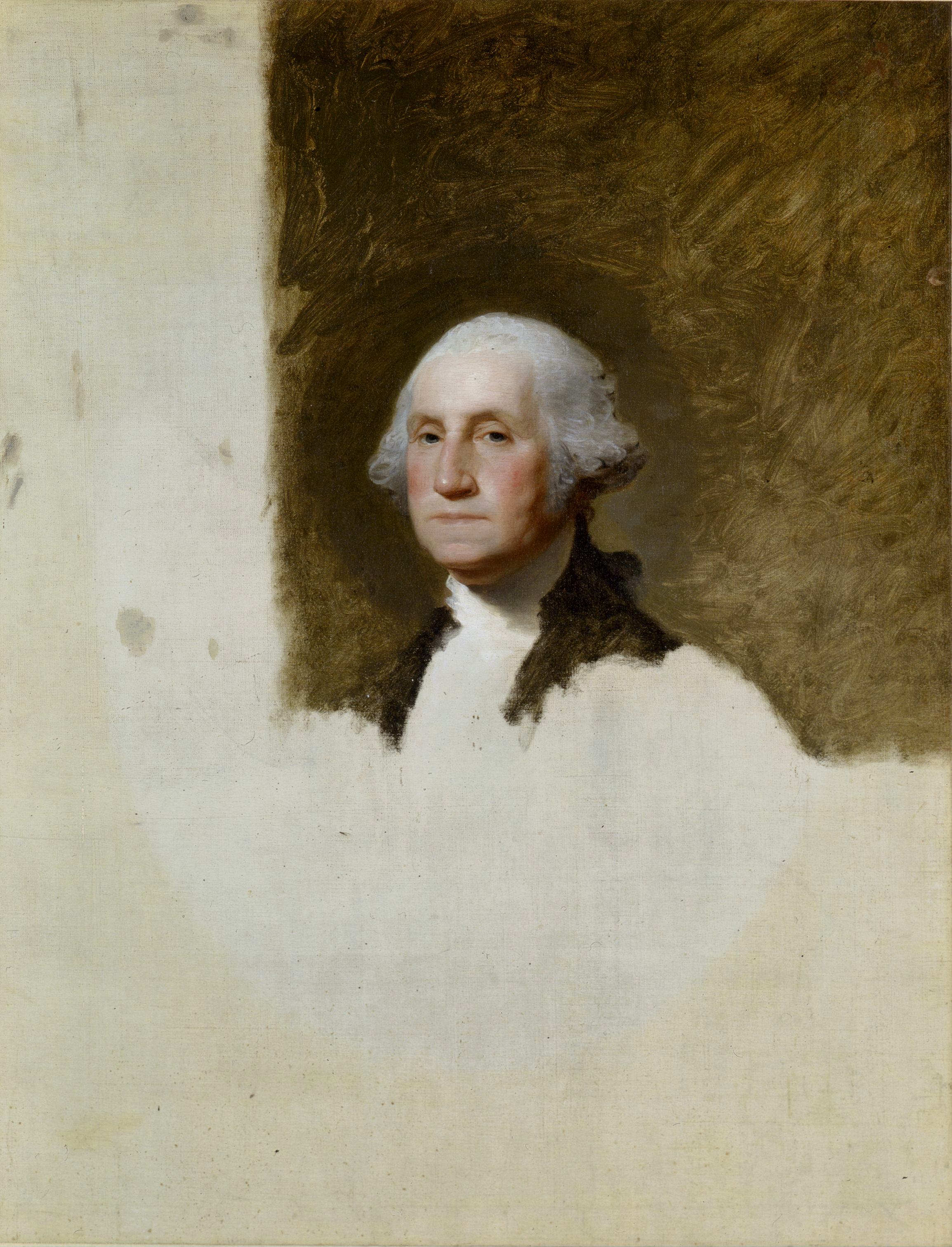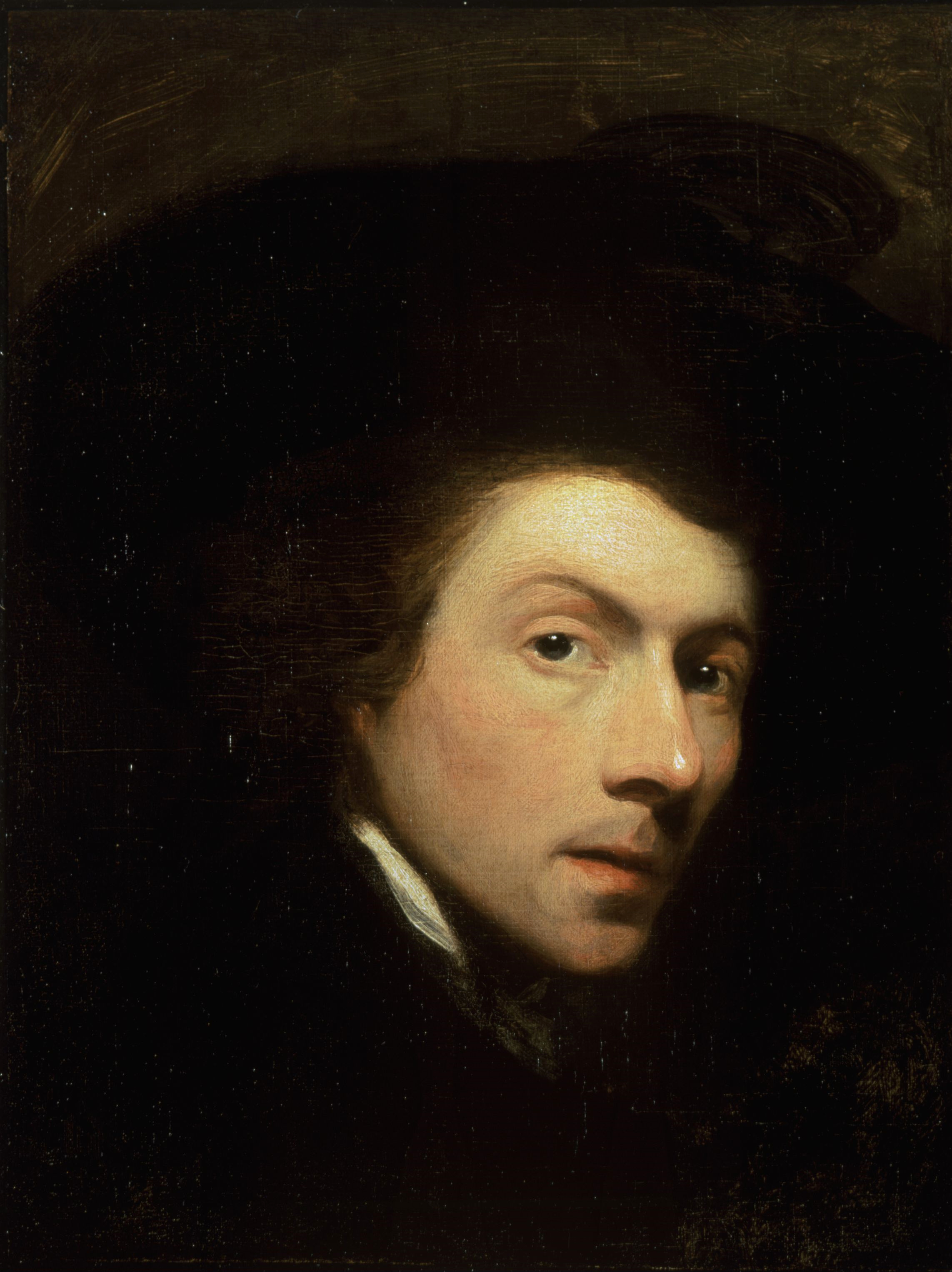The Atheneum is thus arguably the most reproduced American painting of all time. Gilbert Stuart was commissioned to paint the portrait after the success of his first portrait of Washington in 1795. However, Stuart preferred this portrait of Washington to his earlier one, and purposefully left the paintings unfinished, using this of Washington as a model for numerous copies. During Stuart's lifetime the portrait was referred to as the Mount Vernon Portraits. It is now called the Athenaeum portrait because they were owned by the Boston Athenaeum for more than 150 years. Stuart's image of Washington has been considered very dramatic and forceful since the time it was painted. The artist depicted Washington with a distinct wide-jawed look, commenting that "When I painted him, he had just had a set of false teeth inserted, which accounts for the constrained expression so noticeable about the mouth and lower part of the face." John Neal, an early-nineteenth-century writer and art critic, wrote: "Stuart says, and there is no fact more certain, that he [Washington] was a man of terrible passions; the sockets of his eyes; the breadth of his nose and nostrils; the deep broad expression of strength and solemnity upon his forehead, were all a proof of this. Though a better likeness of him were shown to us, we should reject it; for, the only idea that we now have of George Washington, is associated with Stuart's Washington."




George Washington (The Athenaeum)
oil on canvas • 28 x 23 in.
 Gilbert Stuart
Gilbert Stuart